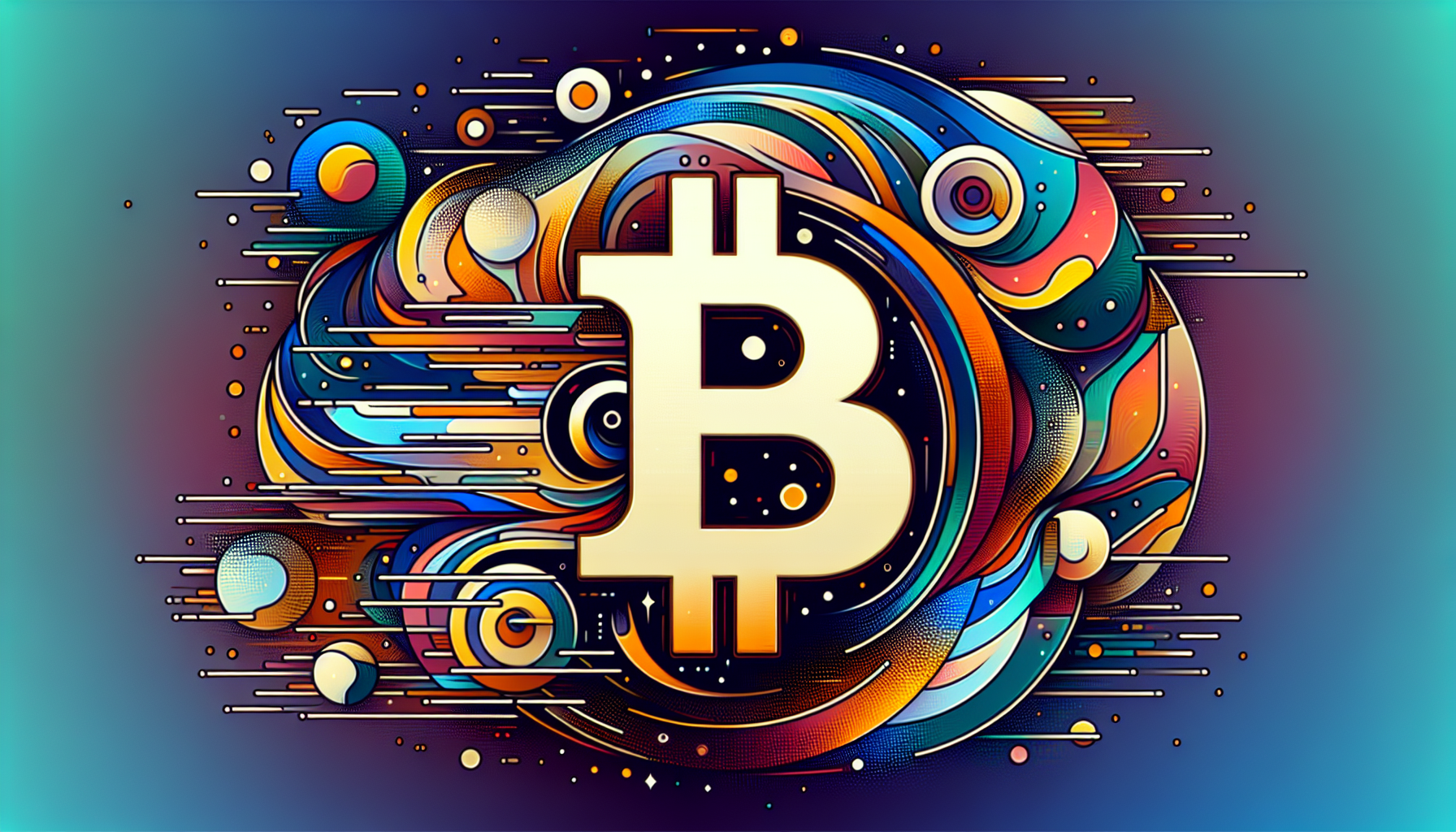Step-by-Step Guide to Creating Generative Art NFTs for Beginners
Introduction: Why Generative Art NFTs Are Booming
Did you know that the NFT market surpassed $25 billion in trading volume in 2025? Generative art NFTs, like CryptoPunks and Art Blocks, have become some of the most sought-after digital assets. But how exactly do you create your own generative art NFT collection? This guide breaks it down into simple steps, even if you’re a complete beginner.
Step 1: Understanding Generative Art NFTs
Generative art NFTs are unique digital artworks created using algorithms. Think of it like a digital art machine where you input rules (e.g., colors, shapes), and the algorithm generates thousands of unique combinations. For example, CryptoPunks used this method to create 10,000 distinct pixel-art characters.
Tools You’ll Need:
- p5.js or Processing (for coding the algorithm)
- NFT storage solutions like IPFS or Arweave
- A crypto wallet (MetaMask works for most beginners)
Step 2: Designing Your Generative Art Algorithm
This is where the magic happens. You’ll need to define the layers and traits of your artwork. Imagine you’re creating a generative art NFT of cartoon cats:

- Layer 1: Base body color (10 options)
- Layer 2: Eye shape (5 options)
- Layer 3: Accessories (hats, glasses, etc.)
The algorithm randomly combines these layers to create unique pieces. According to Chainalysis 2025 data, collections with 5-10 traits per layer have the highest resale value.
Step 3: Minting Your Generative Art NFTs
Once your art is ready, you’ll need to mint it on a blockchain. Ethereum is the most popular, but newer creators often choose Solana or Polygon for lower fees. Here’s the basic process:
- Upload your algorithm to a platform like Art Blocks (for curated projects) or Manifold Studio (for self-service)
- Set your minting price and supply (typically 1,000-10,000 units)
- Deploy a smart contract to handle sales and royalties
Step 4: Marketing Your NFT Collection
Creating the art is only half the battle. To succeed in the competitive NFT market, you’ll need:
- A strong Twitter and Discord presence
- Collaborations with established NFT artists
- Clear utility (e.g., access to future drops or real-world benefits)
Remember, even Beeple’s $69 million NFT sale started with consistent daily art posts!
Conclusion: Start Your Generative Art NFT Journey Today
Generative art NFTs represent one of the most exciting opportunities in the blockchain art world. By following this guide, you’re already ahead of 90% of aspiring creators. Why not sketch out your first algorithm today?
Pro Tip: Always test your algorithm with a small batch (10-20 NFTs) before full deployment to catch any bugs.
For more NFT creation guides, check out our articles on hibt.com about Solana NFT marketplaces and Ethereum smart contract security.
bitcoinsnewstoday
Dr. Elena Rodriguez
Published 27 papers on blockchain scalability
Lead auditor for Binance Smart Chain security upgrades


